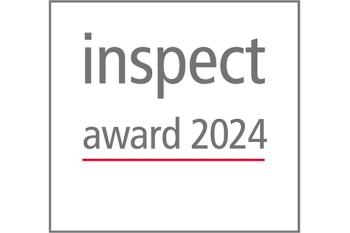International Vision Standards Meeting in London
22.05.2015 -
Development engineers from leading machine vision companies worldwide met under the patronage of G3 - the common organization of the machine vision associations EMVA, AIA, JIIA, and VDMA - end of April in London for this years' spring International Vision Standards Meeting. The weeklong event was sponsored by the European Machine Vision Association (EMVA), media sponsor Novus Light Technologies Today and hosted by EMVA-member company Active Silicon. It also included a plugfest where products and their compatibility to the standards were tested.
Key developments within the standards
Since the advent of the GenICam standard, a means now exists in Version 3.0 to configure devices across a wide range of standard physical interfaces at a higher level, regardless of the camera type and image format. In the latest version, the GenApi has been rewritten, which improves loading time by a factor of five and the memory footprint required to run the GenApi has been reduced by a similar amount. The new version 3.0 of the GenTL transport layer in the GeniCam standard supports both area scan as well as line scan 3D cameras. In addition, it supports multiple data values (such as 3D co-ordinate and pixel intensity) for each pixel. At the CoaXPress forum, Active Silicon's Chief Technical Officer Chris Beynon kicked off the session to describe the current state of play with the standard. Version 1.1, which was released 18 months ago, and Version 1.1 products are now starting to hit the marketplace. However, the CoaXPress standards committee is not resting on its laurels, as Version 1.2 of the specification should be out this summer, which will have detail changes to aid developers, and will also pave the way for higher speeds (up to 12.5 Gb/s) to be added. Version 2.0 is due for release in 2016 which will, next to many other improvements, add support for 3D cameras.
The latest version of the Camera Link standard, Version 2.0, consolidates previous updates and offers five different levels of implementation. Reynold Dodson, the President of Bitflow, acknowledged the fact that the sheer maturity of the standard has created certain compatibility issues that the Camera Link committee is working to resolve.The Camera Link HS standard enables designers to build either a copper or a fiber interface from a camera to a PC. The standards committee is putting plans in place to produce revision 2 of the specification, due out in 2016. It will add a context packet mechanism, a frame leader and trailer packet will be specified, and more.
The USB3 Vision standard version 1.01 clarifies parts of the specification which may have been interpreted somewhat ambiguously in version 1.0. Additionally the committee is developing a validation suite, working on a validation suite, and working to ensure that the specification will provide support for 3D vision that will rely on a new revision of the GeniCam software standard. An update is also being added to support multiple streaming devices. They are also addressing cable length issues and working on what USB3 Vision Chair Eric Gross called, "some interesting developments on the USB3 front".
GigE Vision, currently in Version 2.0, has become one of the most prominent interface standards used by developers of vision systems. The committee is working on ways to support 3D cameras in the marketplace. Plans are for Version 2.1, due for release to standardize on two different types of locking connectors - Type 90 and Type 110 - that can be used in GigE Vision systems. These will alleviate the interoperability issues that have arisen due to the fact that some manufacturers have chosen to deploy their own proprietary solutions in the past.
Contact
EMVA European Machine Vision Association
Gran Via de Carles III, 84 (3rd floor)
08028 Barcelona
Spain
+34 931 80 70 60
+34 931 80 70 60








